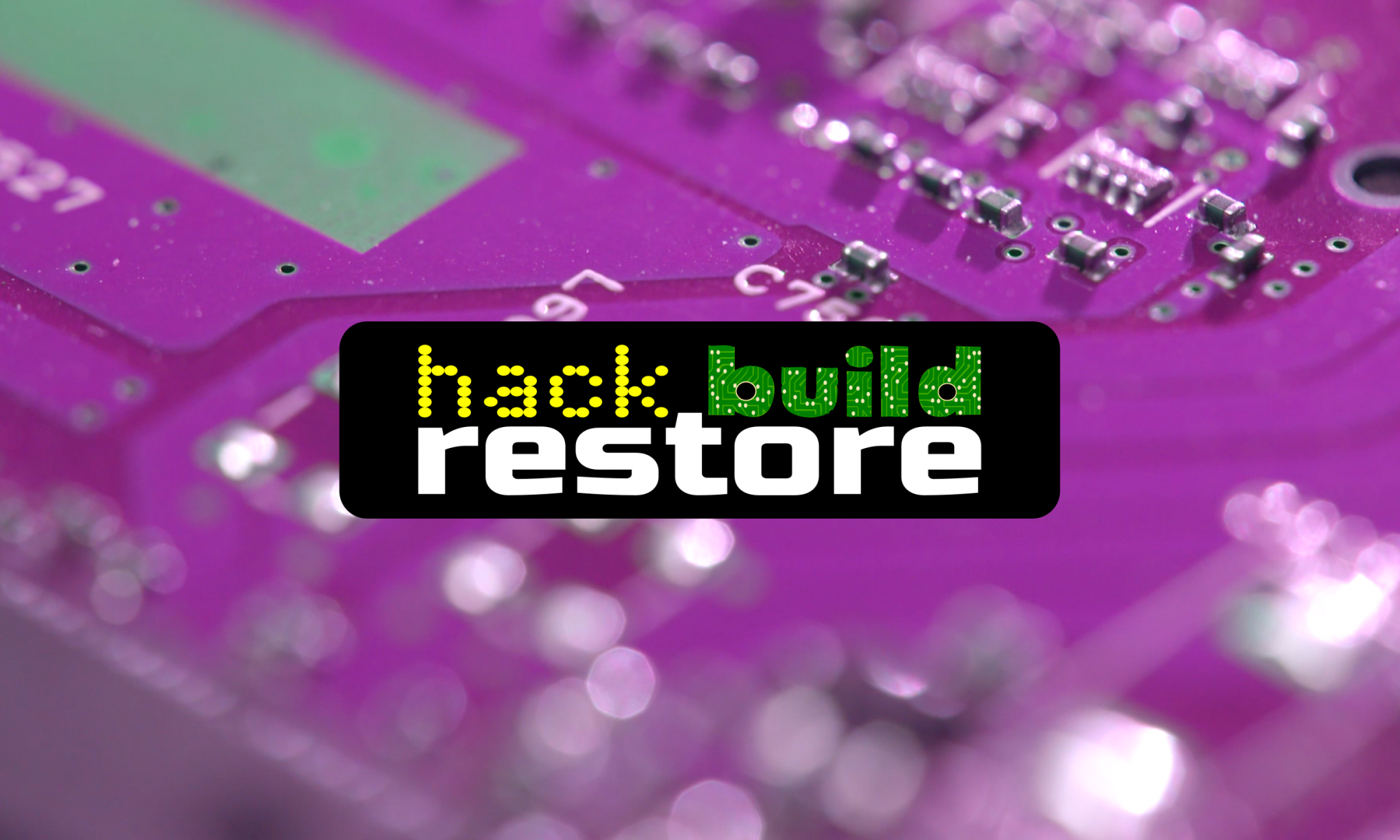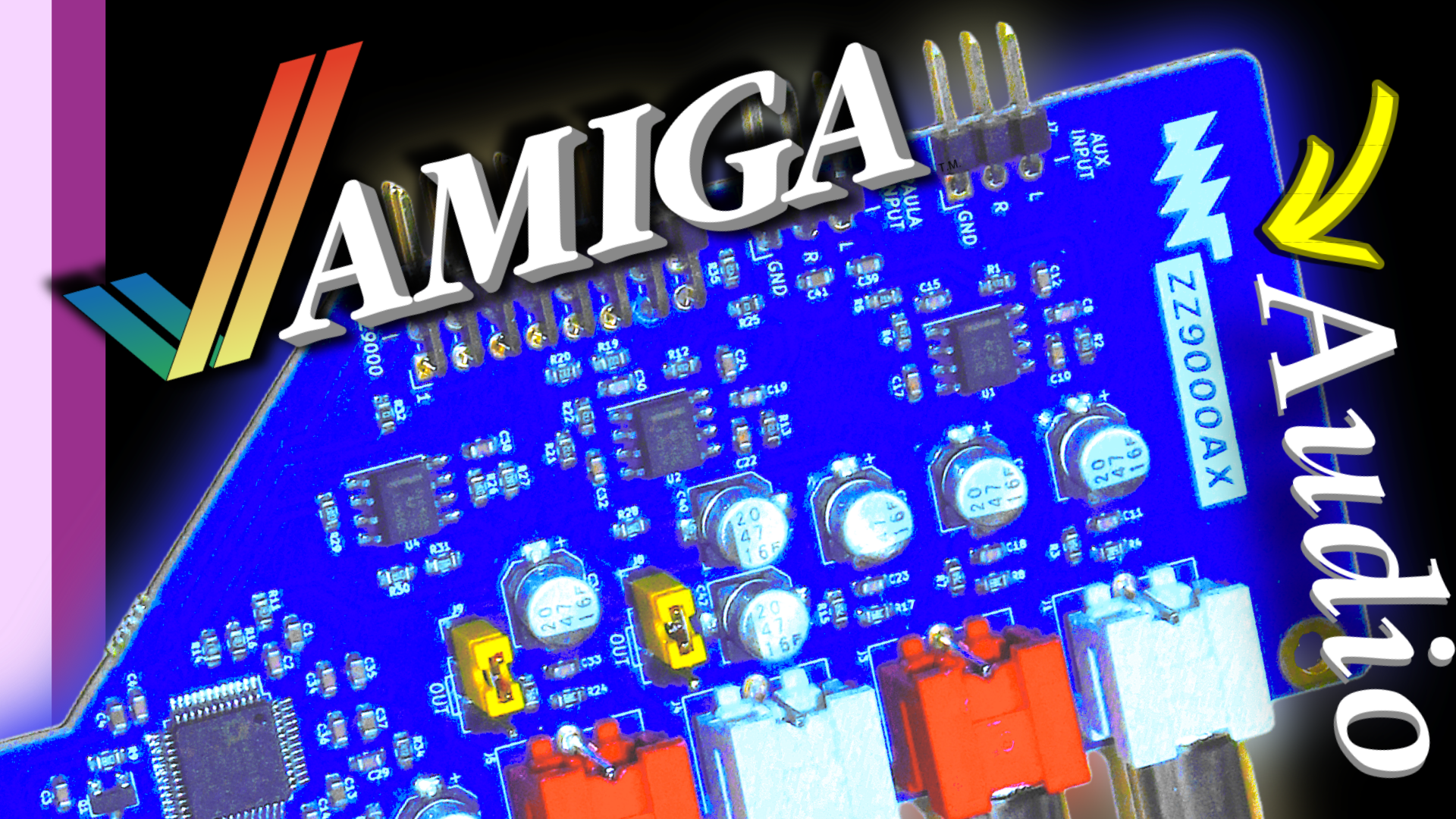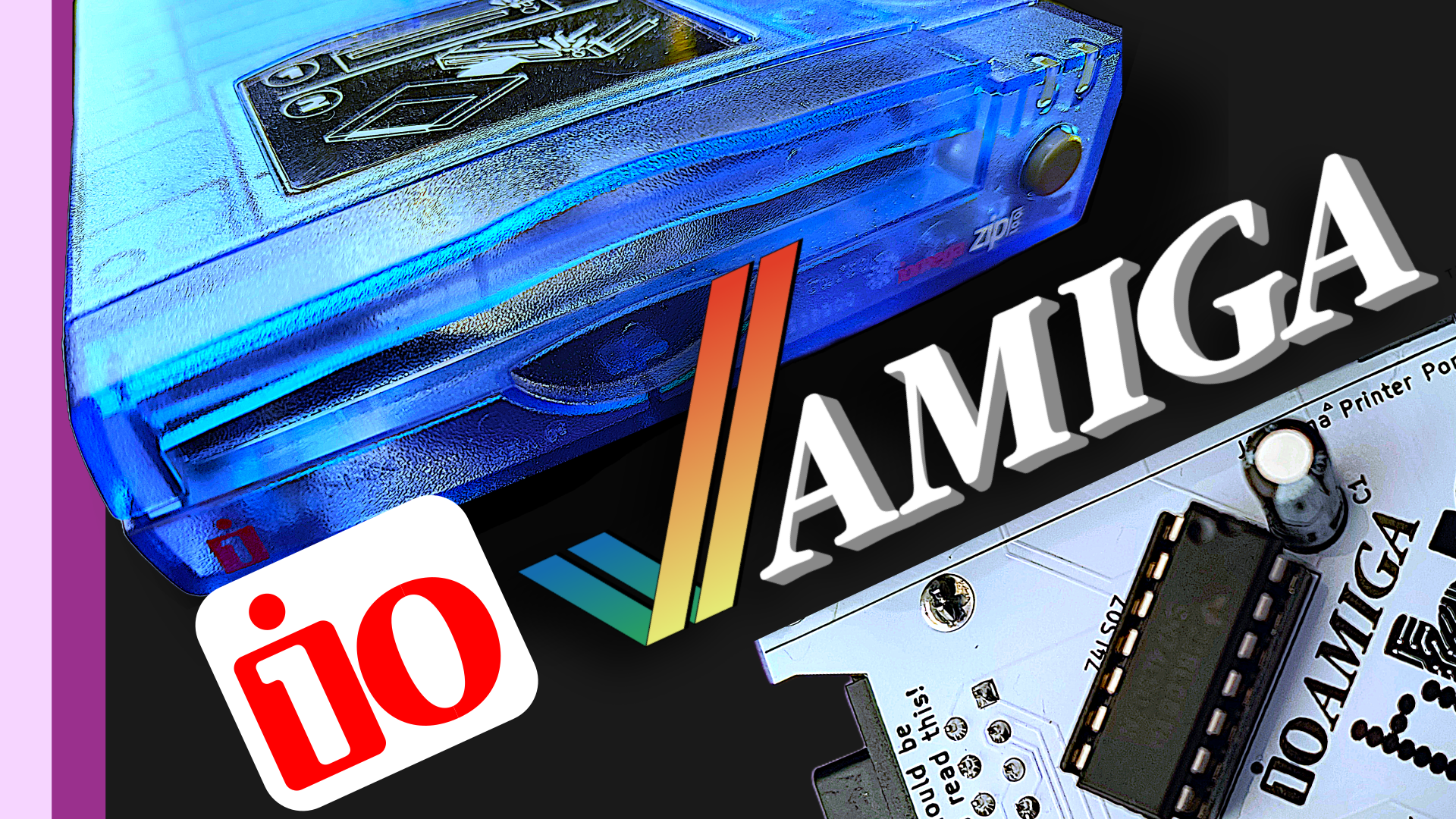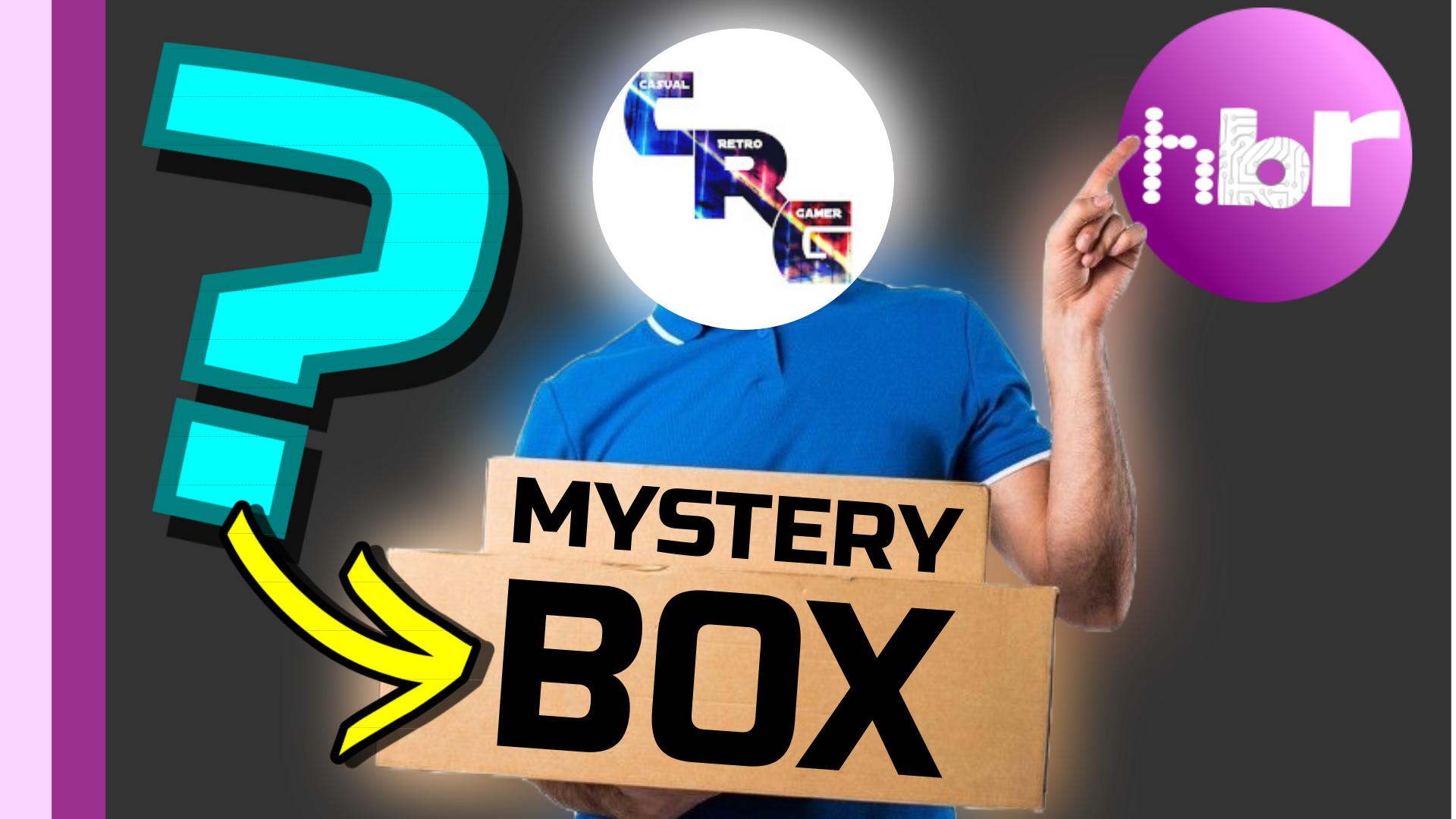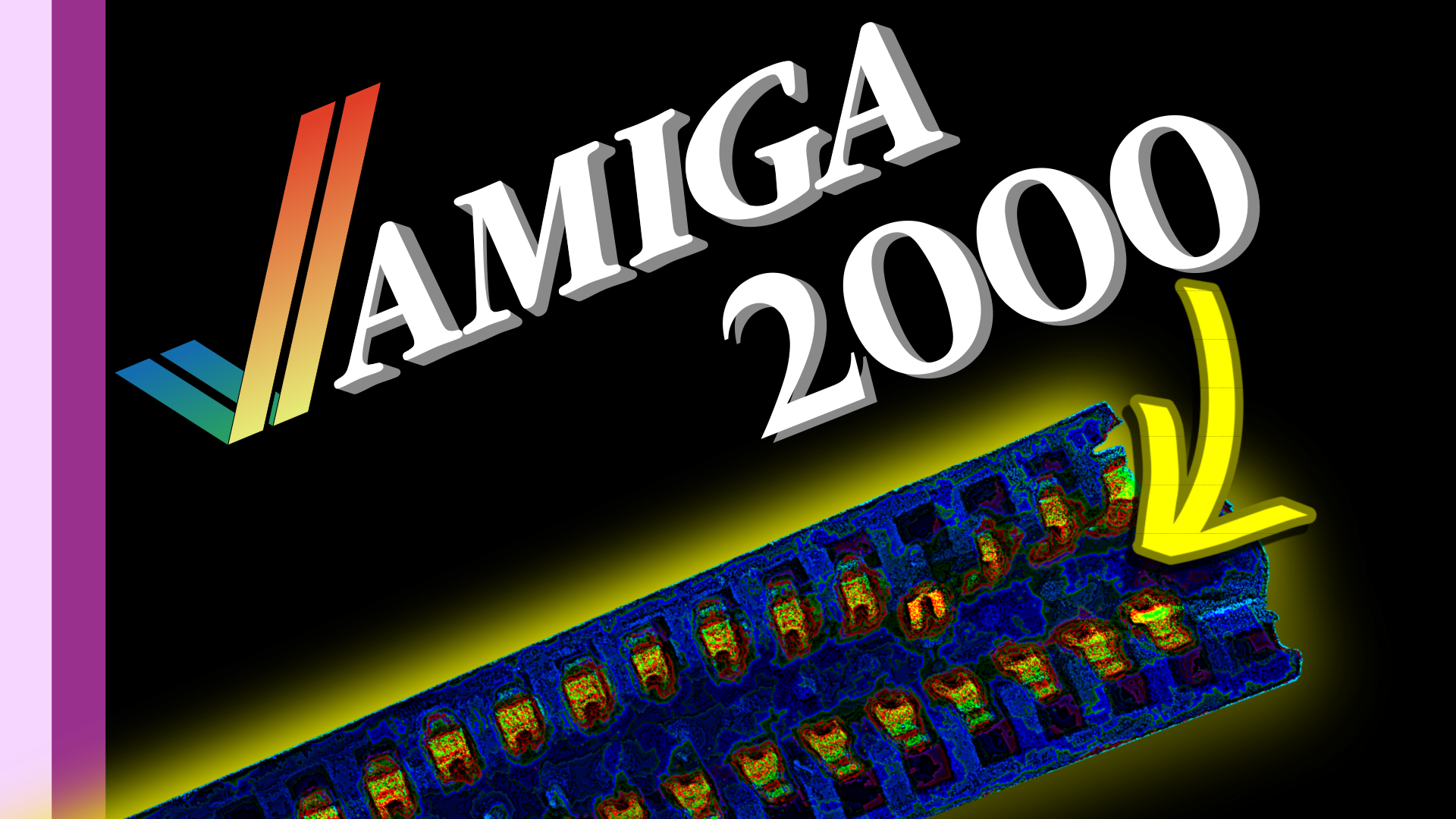Join me for my installation journey as I delve into the realm of getting 16-bit audio into my Amiga 2000 and even managing to play MP3s from a ZIP disk. The star of the show? The MNT ZZ9000AX, an audio expansion that promises to elevate my Amiga experience.
First things first, unpacking the MNT ZZ 9000 AX reveals a meticulously packaged product including the card itself, a stainless steel slot bracket, and all necessary cables. MNT never fails to impress with their attention to detail.
Installation begins with the removal of the ZZ9000 from my Amiga 2000 case, its change in location from original installation, prompted by concerns about heat dissipation from the hard drive. The hardware installation proves straightforward, guided by comprehensive instructions and aided by full-colour illustrations.
The heart of the ZZ9000AX lies in its Analog Devices ADAU1701 SigmaDSP audio chip, promising high-quality digital audio processing. With everything connected, it’s time to put the Amiga back together, though I’ve learned not to seal the case until I’ve verified functionality.
Booting up reveals a successful installation, and with the ZZ 9000 AX recognized, installing drivers is a breeze. The package even includes hardware MP3 decoding, opening up new possibilities for media playback.
With the hardware sorted, it’s time to test the ZIP drive. Copying over some MPEG 3s, I encounter some initial noise issues attributed to interference from the internal audio cable. Disconnecting it resolves the problem, albeit with some sacrifice pass-thru PAULA audio.
A workaround involving auxiliary inputs maintains audio quality, albeit at the expense of convenience. Regardless, the Amiga is now capable of pristine MPEG 3 playback, a feat worth celebrating.
However, the installation journey is not without its challenges. Addressing heat issues caused by the hard drive leads to unexpected connectivity issues, hinting at future troubleshooting endeavors.
In conclusion, the journey to integrate 16-bit audio into my Amiga 2000 was both rewarding and educational, showcasing the ingenuity of the MNT ZZ 9000 AX while highlighting the quirks of vintage hardware.
